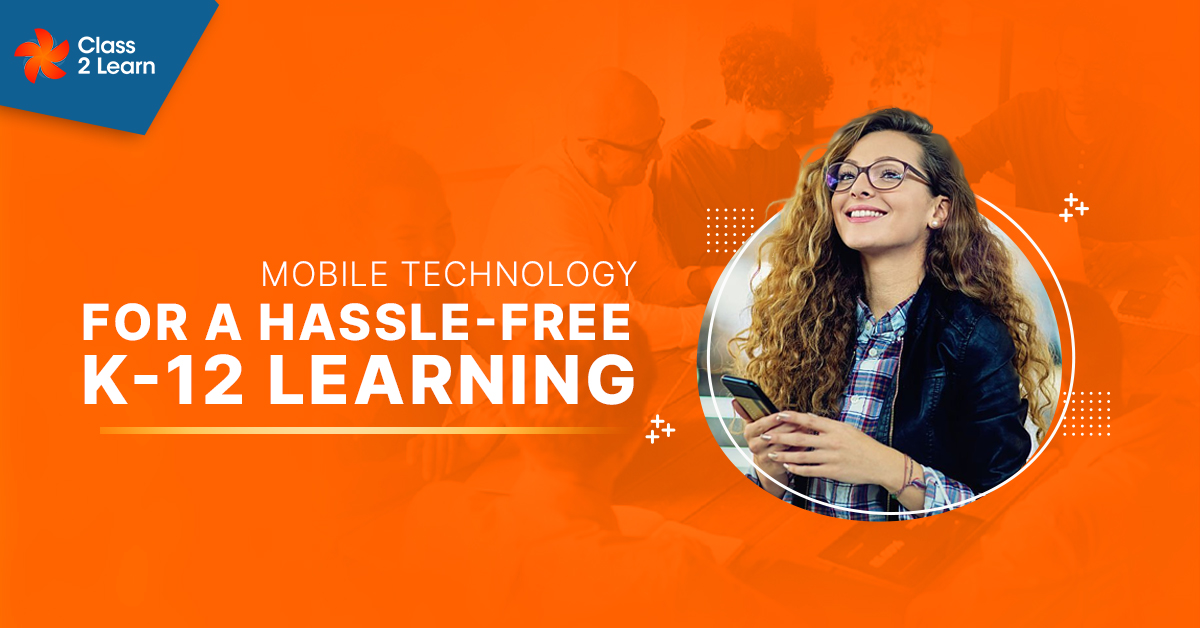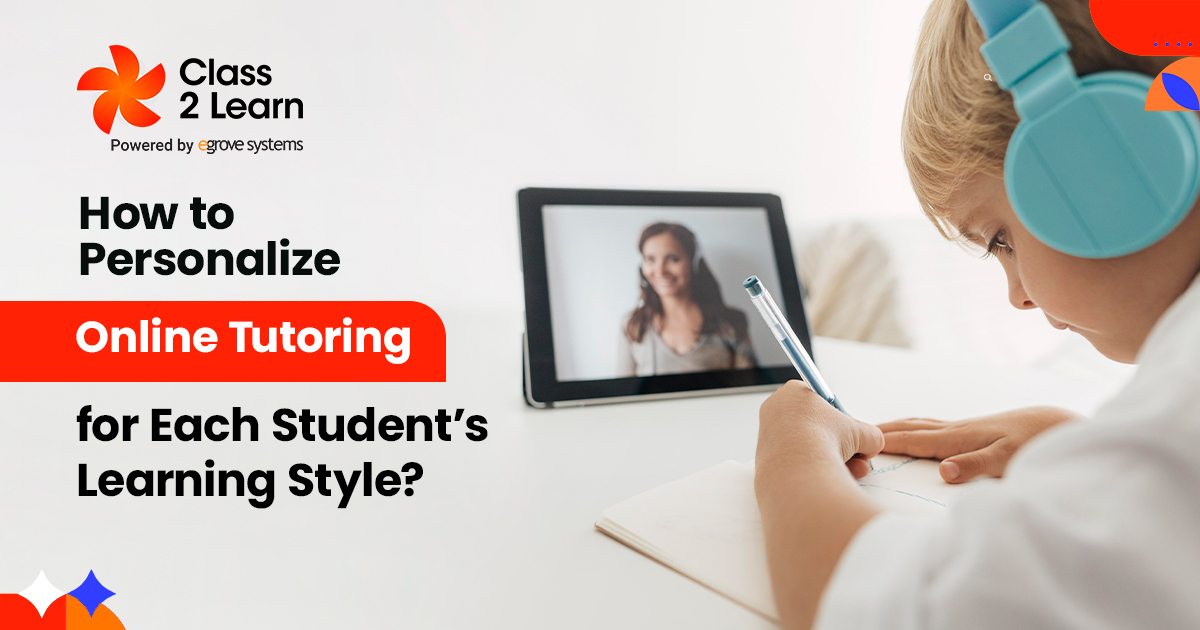Researches have shown that mobile learning solutions in education can increase students’ motivation and promote greater engagement in learning through faster and better acquisition of skills and concepts. However, an epidemic was needed for education to truly appreciate mobile technology and what it can offer K-12 education.
According to a recent study, mobile learning affects learning outcomes through interactions with the learning and other psychological constructs. This provides new opportunities to directly influence learning process and outcomes, and to capture data previously inaccessible to survey-based approaches to learning.
In a recent survey, 92% of students said they found it easy to use a cell phone to access information. They trust their devices and believe that they will never be able to find the right information at the right time. In addition, about 95 % of students help mobile devices to communicate quickly with colleagues and scientists, providing ease and comfort to support all their research.
Mobile learning solutions are educational. This can increase students’ motivation and lead to a greater learning process. To the learning process. However, the disease has become a learning process to evaluate mobile technologies and what it proposed to study K -12, becoming this educational process.
Here are some pointers that K-12 educators and policymakers should know about the uses and benefits of mobile technology.
Guarantees equal educational opportunities:
During the pandemic, as educators across the board moved online, it became painfully clear that students from low-income households had limited access to laptops and internet connectivity. However, as smartphones are ubiquitous in socioeconomic strata, mobile apps are more easily accessible to everyone. Access parity will no longer be an issue if the mobile app offers the ability to download content for offline access and a continuous internet connection.
- Adaptation to learning:
Mobile devices are generally owned by their owners, are available to them around the clock, and have countless customization options. As a result, mobile technologies offer greater opportunities for personalization than stationary and information exchange technologies. Applications for mobile phones and tablets allow users to select more difficult or easier to read texts based on their skills and knowledge. This method eliminates the limitations that students face.
Mobile technologies, with their exceptional portability and low cost, have greatly expanded the potential and possibilities for personalized learning.
- Real-time feedback:
Mobile technology enables rapid formative assessments so teachers can regularly monitor student progress. Teachers can use tests and quizzes, and students can revise their learning as needed. With automated assessment, students no longer have to wait days for results. Teachers can also provide instant, personalized feedback to help students improve their academic performance. Machine learning has even made explanatory answers and essay grading transparent, saving teachers time and effort and giving students instant feedback.
- Learn anytime, anywhere:
Since the mobile device is usually close to the owner, the learning process can be done anytime and anywhere. Mobile learning applications offer the user a choice: the user can perform an exercise that takes a few minutes or concentrate fully on the activity for several hours.
A UNESCO project aimed at increasing literacy in remote villages of Pakistan used mobile technologies to communicate with students and provide education. The villages did not have reliable computers or fixed communications. Only used cell phones. The use of mobile communication increased the number of students with the highest score by more than 60%.
M-learning can provide the student with information from anywhere in the world. It can be deployed anywhere in the world to ensure that students are satisfied with their learning and that any issues arising from their studies can be effectively resolved.
- Analysis for learning:
Large amounts of data on learning behavior, content consumption patterns, engagement levels with different types of content, and more can be collected more easily with mobile apps. This information can help educators and policy makers make informed decisions about teaching materials, teaching approaches, and even individual learning pathways for students. Teachers can also keep parents informed of their children’s learning progress using a powerful analytics engine.
- Social Education:
According to studies, group learning can be more effective than individual learning. With peer-to-peer learning, students are motivated to progress with study materials, get their questions answered, and better understand concepts. Mobile technologies such as discussion forums, chats and message boards provide ideal tools for social learning and collaboration. Students can work on group projects and exams which can be completed asynchronously. The educational process therefore continues even when the teacher is not present.
Conclusion:
In future, educators and students will no longer be limited to the ability to teach and learn in a specific place and time. Mobile devices and wireless technologies will become common in learning, both inside and outside the classroom. These are just some of the mobile technology applications for K-12 education.





Add comment